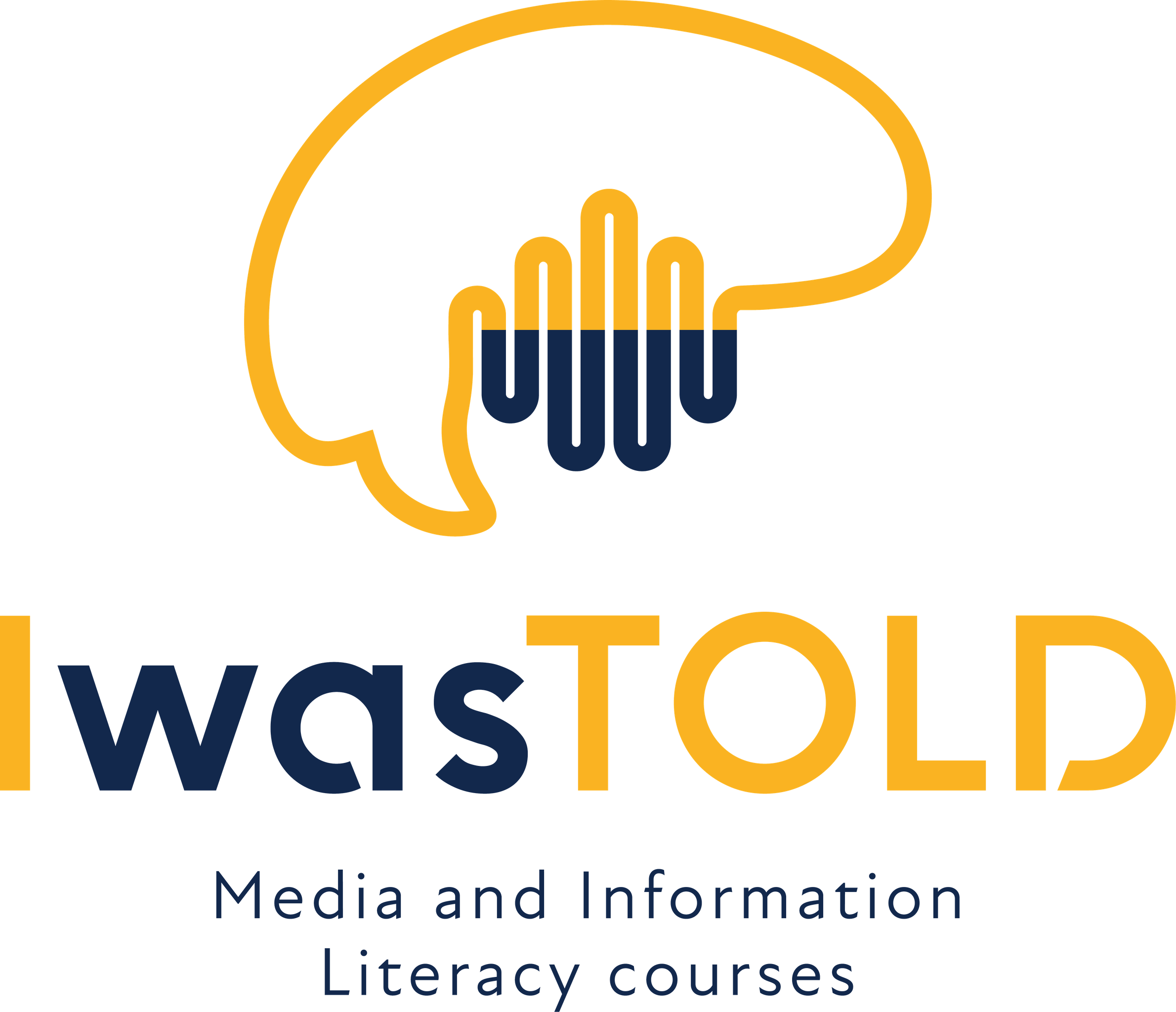3. CLASSICAL AND DATA STORYTELLING
-
Storytelling: narrative structures7 Topics|4 Quizzes
-
Language of media6 Topics|3 Quizzes
-
Storytelling With Data II. - Digital investigations in an era of data-driven journalism7 Topics|4 Quizzes
-
Infographics - Present statistics beautifully7 Topics|3 Quizzes
-
Charts in a website - Hack web developer tools for your stories7 Topics|3 Quizzes
-
Introductory to lesson
-
Creating a website is a personal way to become involved in a subject as well as a creative gesture
-
Make the most compatible as possible subject and aesthetic of your website through Google Sites
-
How be professional and have validity in publication?
-
Final Exercise of the whole lesson
-
Feedback on exercise
-
Additional learning material
-
Introductory to lesson
-
Online GIS6 Topics|2 Quizzes
-
Media analyses8 Topics|4 Quizzes
-
Using Piktochart to create infographics7 Topics|3 Quizzes
Participants14
One of current trends in the media and information literacy is to increasingly put an emphasis on digital (even artificial intelligence) tools to reveal and debunk various forms of misinformation. However, critical thinking about the information people receive and media analyses methods that help to develop it are still at the core of this field. They don’t require use of sophisticated tools and methods – what one needs is the knowledge of methods to be able to pick up the right one and use them in practice and an open mind to be able to ask the right questions.
Soon you find out that this course is different from others. Even though some theoretical background is included as well, it’s much more focused on practice and builds on previous courses. This course is not about resuming various information on techniques that are used to encode meaning in media messages or other content, create misinformation, or manipulate with the content in other ways. Other courses were designed to provide you with the necessary insights already. It’s about providing you with tools and knowledge to decode those messages, reveal content or information distortion, and develop or maintain your critical thinking abilities. Therefore, if you have jumped to this course directly, it might be better to go through previous ones at first. Either way is fine eventually, as practice makes the master.
In this course, you explore the various methods at first and then steps of analysis that can be applied to each of them. You also distinguish between hypothesis and research questions, as well as two ways of finding answers to your questions.
At the end, you are asked to complete probably the most complex exercise in this whole series of courses. Don’t be afraid though, it’s designed to be intuitive, go from surface to depth, correspond with your realities and provide you with competences that will surely come in handy.
